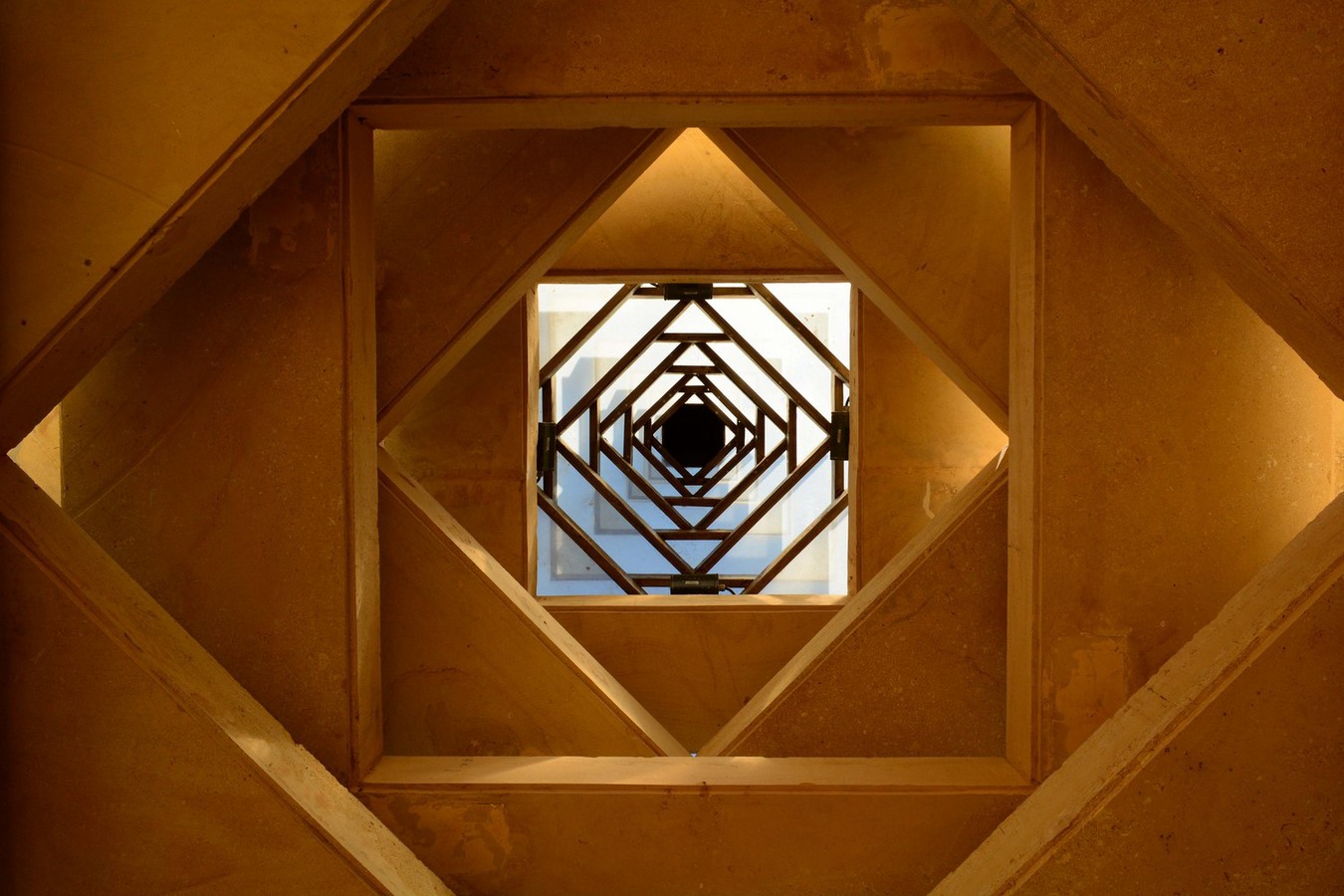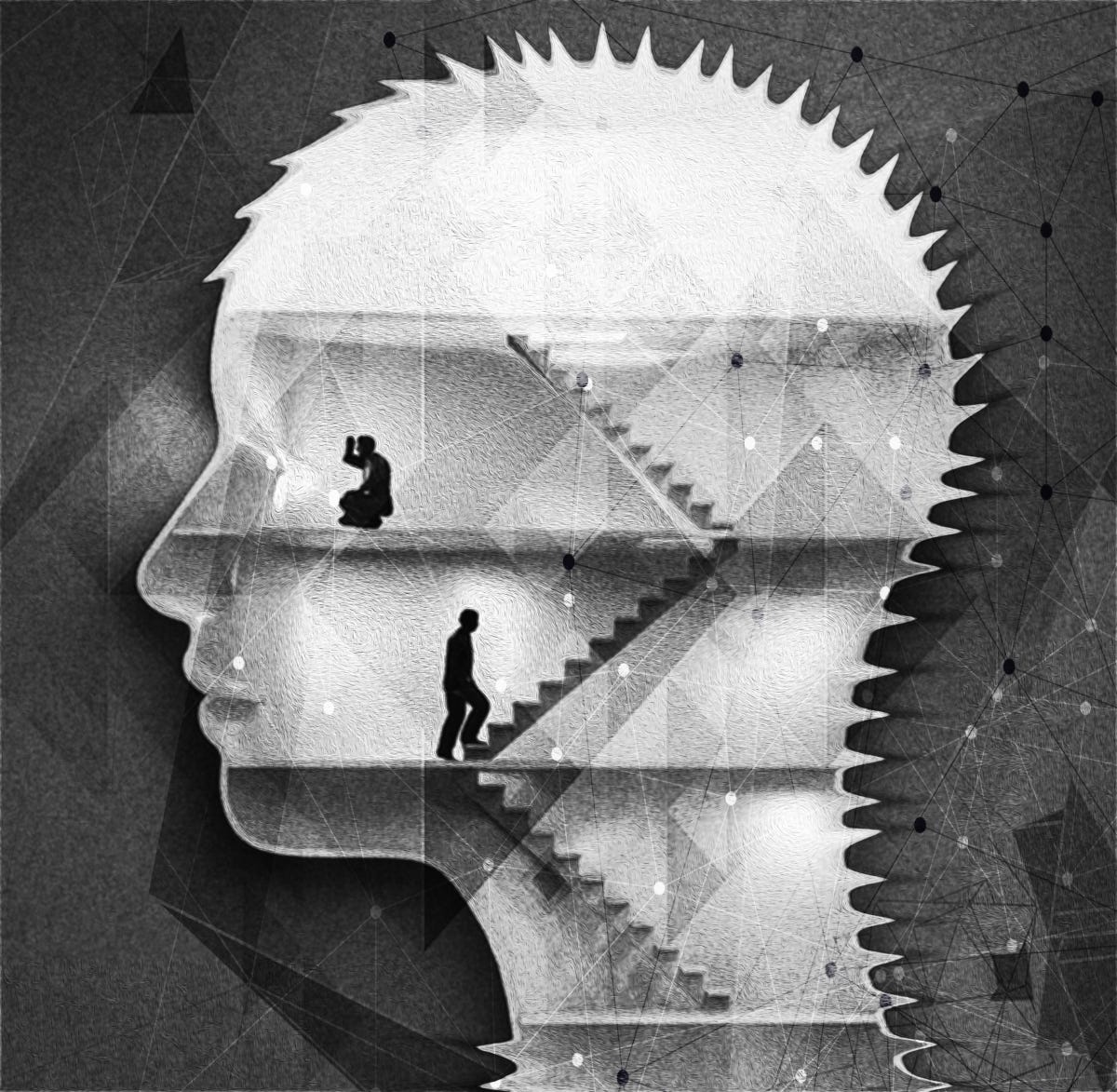What Is The Impact Of Architecture On Psychological Well-being?

Architecture has always played an important role in our lives and society as a whole. From the magnificent castles and cathedrals of the medieval period to the towering skyscrapers of the modern era, architecture has always been a symbol of power, beauty, and cultural identity. But beyond its utilitarian and aesthetic purposes, there is a deeper emotional impact of architecture that affects us on a fundamental level.
The Power of Space
Have you ever walked into a space and felt an immediate sense of calm or excitement? This is the power of architecture. It has the ability to evoke emotional responses in us, whether it's a feeling of awe in a grand cathedral or a sense of comfort in a cozy bedroom. The way a space is designed, its proportions, lighting, colors, and materials all play a role in shaping our experience of it.
For example, a room with high ceilings and lots of natural light can make us feel more free and open, while a small, dark space can make us feel trapped and claustrophobic. The materials used in a building can also have a significant impact on our emotions. Natural materials such as wood, stone, and brick can create a warm and inviting atmosphere, while cold, sterile materials like concrete and steel can feel harsh and unwelcoming.
Cultural Identity
Architecture is also closely tied to our cultural identity. Traditional architectural styles and motifs have been passed down through generations, representing the values and beliefs of a particular community or society. For example, the Gothic architecture of medieval Europe reflected the dominant religious beliefs and political structure of the time. Similarly, the colorful and intricate patterns of Islamic architecture reflect the cultural and artistic traditions of the Muslim world.
Architectural styles can also be used to create a sense of national identity. From the Taj Mahal in India to the Eiffel Tower in France, iconic buildings are often associated with a particular country or region and become symbols of national pride and heritage.
Emotional Associations
Buildings and spaces can also evoke specific emotional associations in us based on their history and use. For example, a cozy and intimate restaurant may remind us of a special meal with loved ones, while a sprawling shopping mall may invoke feelings of consumerism and commercialism. Similarly, a historical building may make us feel a sense of reverence for the past, while a brand new skyscraper may represent progress and innovation.
These emotional associations can also be negative. Buildings associated with traumatic events or atrocities, such as the World Trade Center or Auschwitz, can be difficult to visit and may elicit feelings of grief, fear, or anger.
Environmental Impact
Architecture also has a significant impact on the environment, and this can have emotional consequences. Buildings that are poorly designed or constructed can contribute to pollution and waste, leading to feelings of guilt and despair over the state of the planet. On the other hand, environmentally conscious design and construction can create a sense of hope and optimism for a sustainable future.
The emotional impact of architecture is complex and multifaceted, and it affects us in ways that we may not always be aware of. By understanding how architecture can shape our emotional experiences and associations, we can appreciate its power and potential to create positive change.
FAQ
What is the emotional impact of architecture?
The emotional impact of architecture refers to the way that buildings and spaces can evoke emotional responses in us. This can range from feelings of awe and wonder to discomfort and unease.
How does architecture affect our emotions?
Architecture affects our emotions through a combination of factors, including the design of a space, its materials and lighting, its history and cultural associations, and its environmental impact.
What is the role of architecture in creating cultural identity?
Architecture is closely tied to our cultural identity, as traditional architectural styles and motifs have been passed down through generations. By representing the values and beliefs of a particular community or society, architecture can create a sense of collective identity and pride.
How can architecture create positive change?
Architecture can create positive change by promoting environmentally conscious design and construction, creating spaces that foster emotional well-being and social connectivity, and promoting cultural diversity and understanding through the use of traditional architectural styles and motifs.
What are some examples of how architecture can evoke specific emotional associations?
Architecture can evoke specific emotional associations based on its history and use. For example, a cozy and intimate restaurant may remind us of a special meal with loved ones, while a sprawling shopping mall may invoke feelings of consumerism and commercialism. Similarly, a historical building may make us feel a sense of reverence for the past, while a brand new skyscraper may represent progress and innovation.
How can we appreciate the emotional impact of architecture?
We can appreciate the emotional impact of architecture by paying attention to our experiences and associations with different buildings and spaces. By understanding how architecture can shape our emotions, we can become more mindful of the spaces we inhabit and the impact they have on our well-being and quality of life.
What is the environmental impact of architecture?
The environmental impact of architecture refers to the way that buildings can contribute to pollution and waste. Poorly designed or constructed buildings can have a negative impact on the environment, while environmentally conscious design and construction can promote sustainability and reduce waste.
How can we promote sustainable architecture?
We can promote sustainable architecture by advocating for environmentally conscious design and construction practices, supporting the use of renewable materials and energy sources, and by promoting policies that incentivize sustainable building practices.




Post a Comment for "What Is The Impact Of Architecture On Psychological Well-being?"